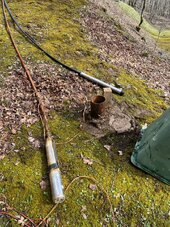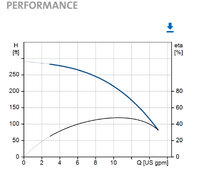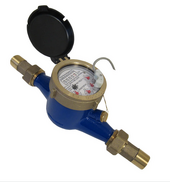Rick_in_MT
New Member
I see a Grundfos 15SQ05-110-115V, 15GPM, 1/2HP, 115V, 2 Wire, 96160169, 3" Stainless Steel Submersible Well Pumps
Is there any problem that my casing is 4" not 3"? I can understand the reverse would be a problem...
Is there any problem that my casing is 4" not 3"? I can understand the reverse would be a problem...





